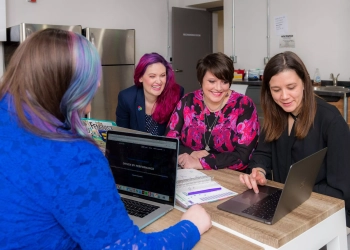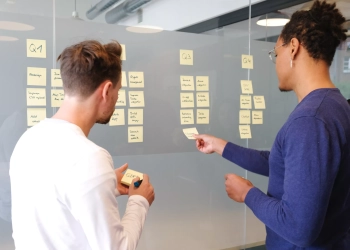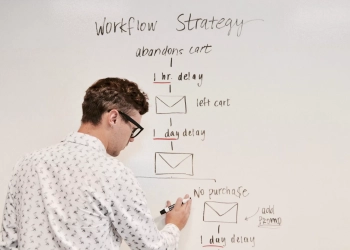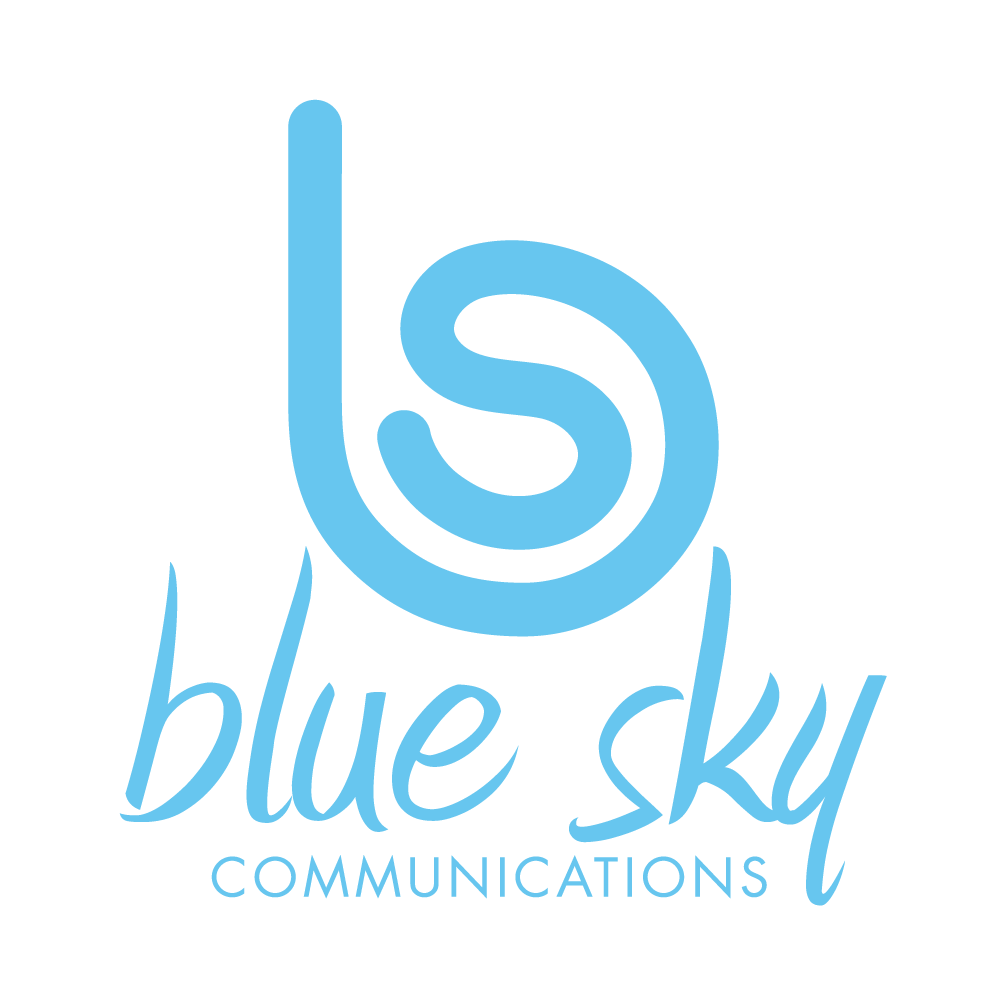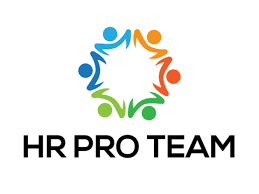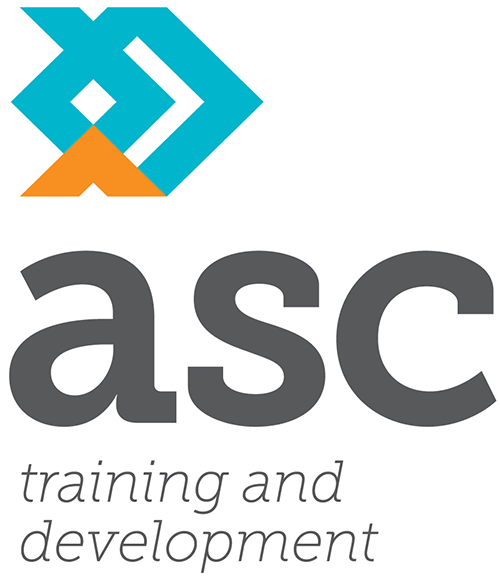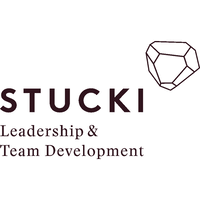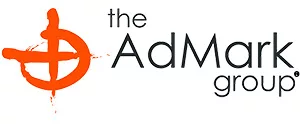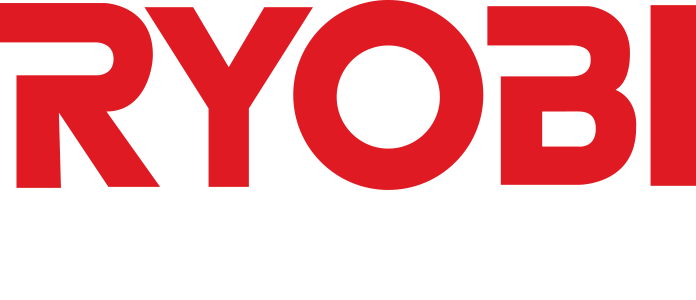You know that voice in the back of your mind: “Who am I to teach this? What if I mess up? What if they realise I’m winging it?”
That’s imposter syndrome — and it shows up for many of us, especially when we’re standing in front of a group, ready to deliver a course on something as personal and human as interpersonal skills.
If you’re preparing to deliver training on communication, relationships, social dynamics, or team interaction, this post is for you.
I’ll walk you through how to move from self-doubt to confident delivery — including a powerful shortcut to prep using our course materials so you show up fully equipped and ready to shine.
Why imposter syndrome matters in a social-skills course
When you’re teaching interpersonal skills, you’re not just sharing facts. You’re modelling behaviour. You’re fostering trust, authenticity, and connection.
So when you’re feeling like an imposter (or worried that you might be exposed as one), it undermines everything you’re trying to build.
Some common thoughts that sabotage trainers:
- “If I don’t sound like I’ve got it all figured out, participants will lose faith.”
- “I’m not as experienced as the other trainers—they’ll see me as less credible.”
- “What if someone asks a question and I don’t know the answer?”
- “I care so much about the outcome—I’m afraid of failing.”
These thoughts drain your energy, reduce your presence, and shift you into reactive mode rather than leading mode.
And when you’re delivering a workshop on interpersonal skills, you want presence, clarity, connection — not internal chatter.
So what do you do? How do you move from “I hope I don’t get found out” to “I own this space, I own this delivery”?
Step 1: Recognise the imposter story – and replace it with your facilitator story
The first move is simple but powerful: notice when your imposter story shows up. Maybe just before you start session prep you think “I shouldn’t even be doing this”.
Maybe during your intro, you feel your voice shake.
Pause. Acknowledge it. Then shift to a new story.
Your new facilitator story might go like this: “I’m here because I care about helping people communicate better. I bring my unique voice and experience—perhaps less polished than some, but more real and relatable. My value isn’t in being perfect — it’s in being effective.”
Please write it down. Say it aloud, early in your day.
Let this be your anchor.
Every time the “yeah, but they’ll realise I don’t know enough” thought pops up, go back to your facilitator story.
Step 2: Choose the right content—and make it your own
One of the biggest drains on confidence comes from the feeling that “I don’t have everything sorted”. The slides aren’t polished, the workbook isn’t ready, and the activities feel unsure. That undermines you.
Here’s where you step in strong: equip yourself proactively.
Our workshop kit gives you ready-to-deliver content covering interpersonal skills (communication, listening, relational dynamics).
- A fully editable slide deck of 77 slides.
- A detailed facilitator guide that walks you through each activity, speaking point, and transition.
- A participant workbook (51 pages) filled with reflection prompts and practical exercises.
- Tools for assessment, action planning, and tracking progress.
- Bonus materials—icebreakers, templates, forms to support your delivery.
Using this resource means you’re not winging the content. You’re walking into the room with a framework, with traction, with structure—so the focus becomes the delivery and the connection, not the scramble to build content.
When you customise it to your voice, your audience, your brand—suddenly you’re not just borrowing someone else’s kit—you’re using a tool you own. And that ownership counters imposter syndrome.
Step 3: Prepare deeply (but smartly)
Yes, you still need to prep. Even with the kit, you’ll want to tailor it, rehearse it, feel its flow.
What’s key is shifting the time focus: many trainers think they’ll need dozens of hours; in reality, you can use the ready-made pack to dramatically reduce prep time.
Because the heavy lifting of content creation is done.
With our pack, you’ll likely invest 20-30 hours of prep (instead of 50+ or building from scratch).
That time goes into: choosing which modules suit your audience, adding your examples, running through the slides, prepping transitions, rehearsing key activities — so by the delivery day, you feel confident.
Here’s a simple prep checklist:
- Review the slide deck end-to-end; mark where you’ll add your stories or regional/local examples.
- Review the facilitator guide and highlight any sections that make you feel less confident. Practice those aloud.
- Read the workbook and test one of the reflection prompts on yourself — so you know how it feels.
- Choose one or two icebreakers or games from the bonus kit; plan how you’ll launch them.
- Pre-visualise the session: you walking in, participants sitting, energy flowing, you leading with presence. Use a mental rehearsal to anchor calm, grounded energy.
- Prepare a fallback for tricky questions: “That’s a good question — I’ll note that and we’ll explore it in the action-planning phase.”
By investing this prep time intentionally, you shift from “I hope I’ll be OK” to “I will be ready”.
Step 4: Lead with presence rather than perfection
On delivery day, remind yourself: your value pivot isn’t about flawless slides — it’s about your presence.
Your listening. Your facilitation.
Your ability to create connections.
When you feel the imposter voice rising (“What if they realise I’m hollow?”), shift to these cues:
- Pause for one deep breath. Ground your feet. Centre your voice.
- Use a moment of vulnerability: “Before we dive in, I want to say — I’m doing this because I believe communication and connection matter. I don’t pretend I have all the answers, but I want us to explore this together.”
- Frame the session as conversational. Not “here’s all I know” but “here’s what we’ll uncover together”. That removes the barrier between you and your participants.
- Invite active participation. Ask for their experience, their voice. This shift takes you out of the “expert showing off” mode into the “facilitator guiding” mode.
- Embrace imperfection: If something slips, name it and move on. “I’ll come back to that” or “That’s a good point — we’ll explore further after lunch.” People respect authenticity far more than polished but robotic delivery.
Step 5: Turn delivery into connection (and follow-through)
Delivering a session on interpersonal skills isn’t a one-and-done moment—it’s about impact, follow-through, and transformation.
Using the materials from the workshop pack, you’ll get built-in assessment and action-plan tools.
That means your session ends with purpose: participants leave not just knowing more, but ready to act differently.
Here’s how you build on that:
- End the workshop with an action planning exercise: ask each person to pick one interpersonal habit they’ll practice in the next week.
- Use the workbook prompts to commit publicly (in the room) to one change, such as listening more, providing more precise feedback, or asking more questions.
- Follow-up: Send a quick check-in email a week later, asking, “How did X go? What surprised you? What difference are you noticing?”
- Reflect on yourself: what parts of your delivery felt strong? What felt uncertain? Use that insight to lean into your next workshop even more confidently.
When you deliver from a place of connection and follow-through, you’re not just teaching interpersonal skills — you’re embodying them.
And that dramatically reduces the gap between “I feel like an imposter” and “I’m owning this role”.
Final word
Imposter syndrome doesn’t vanish overnight. But when you prepare smartly, use quality tools, lean into presence, and lead with connection, you shift into the space where your authenticity becomes your greatest asset.
If you’re ready to deliver an interpersonal skills workshop—confidently, with impact, and without scrambling under preparation — take a closer look at our training kit here.
It’s built to help you step into your role and deliver with clarity.
You’ve got something meaningful to offer.
You’ve got the voice, the experience, and the willingness to learn and lead.
Use the support we provide, show up with your whole self, and watch your participants lean in.
You are more ready than you realise.






